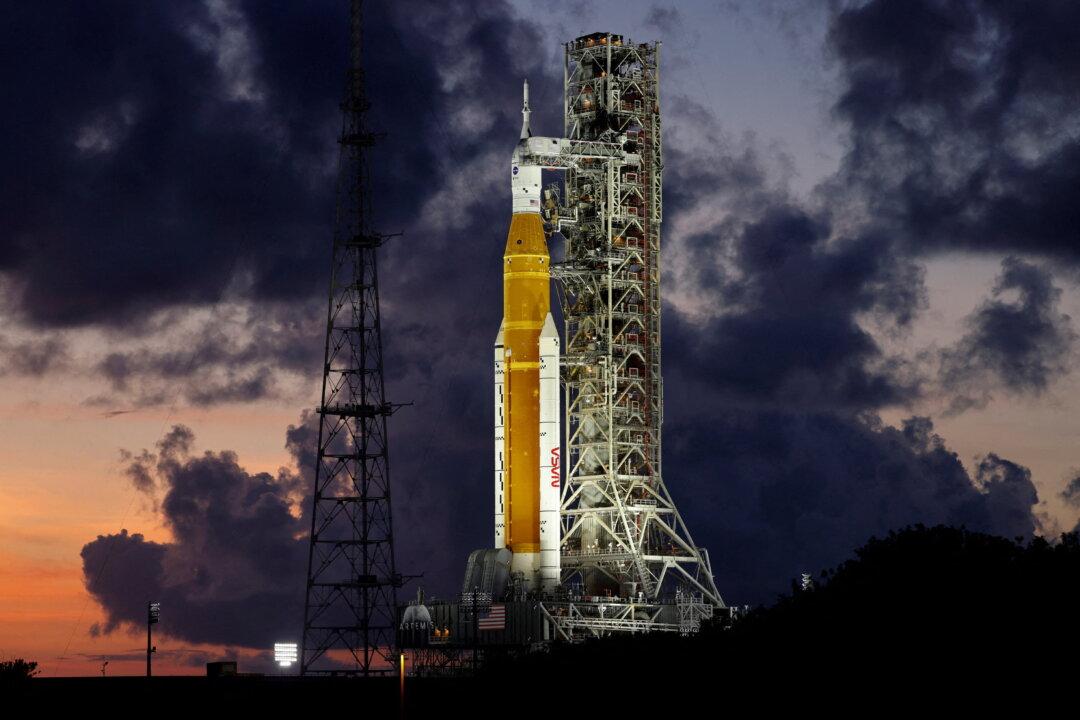NASA is brushing off the dust of its almost 50-year moon exploration dry spell to begin a return to Earth’s nearest celestial body on Aug. 29.
While Artemis 1 will be unmanned and won’t land on the moon, it’s a big step toward getting astronauts back to the lunar surface, in the first in a series of increasingly complex missions designed to prove that manned, deep-space exploration is possible. The mission will test NASA’s new Orion Spacecraft, Space Launch System (SLS) rocket, and the updated ground systems at Kennedy Space Center (KSC) in Florida, NASA said.
Moreover, while getting astronauts back on the moon is an impressive endeavor, it’s not NASA’s end goal. Instead, the planned missions to the Moon are but stepping stones toward NASA’s ultimate objective of reaching Mars—a possibility, because of former President Donald Trump’s directive.
Back to the Moon and Beyond
In December 1972, NASA launched Apollo 17 for a 12-day manned lunar mission. The mission was a success and broke records for the longest spacewalk, longest lunar landing, and largest lunar samples brought back to Earth. It was also the last time NASA sent anyone to the moon.
Following the Apollo program, NASA continued to send crewed missions to space, but astronomical costs and lack of political support hampered further deep space travel.
Enter Trump and his Dec. 11, 2017, directive to NASA, specifying he wanted astronauts back on the moon.





